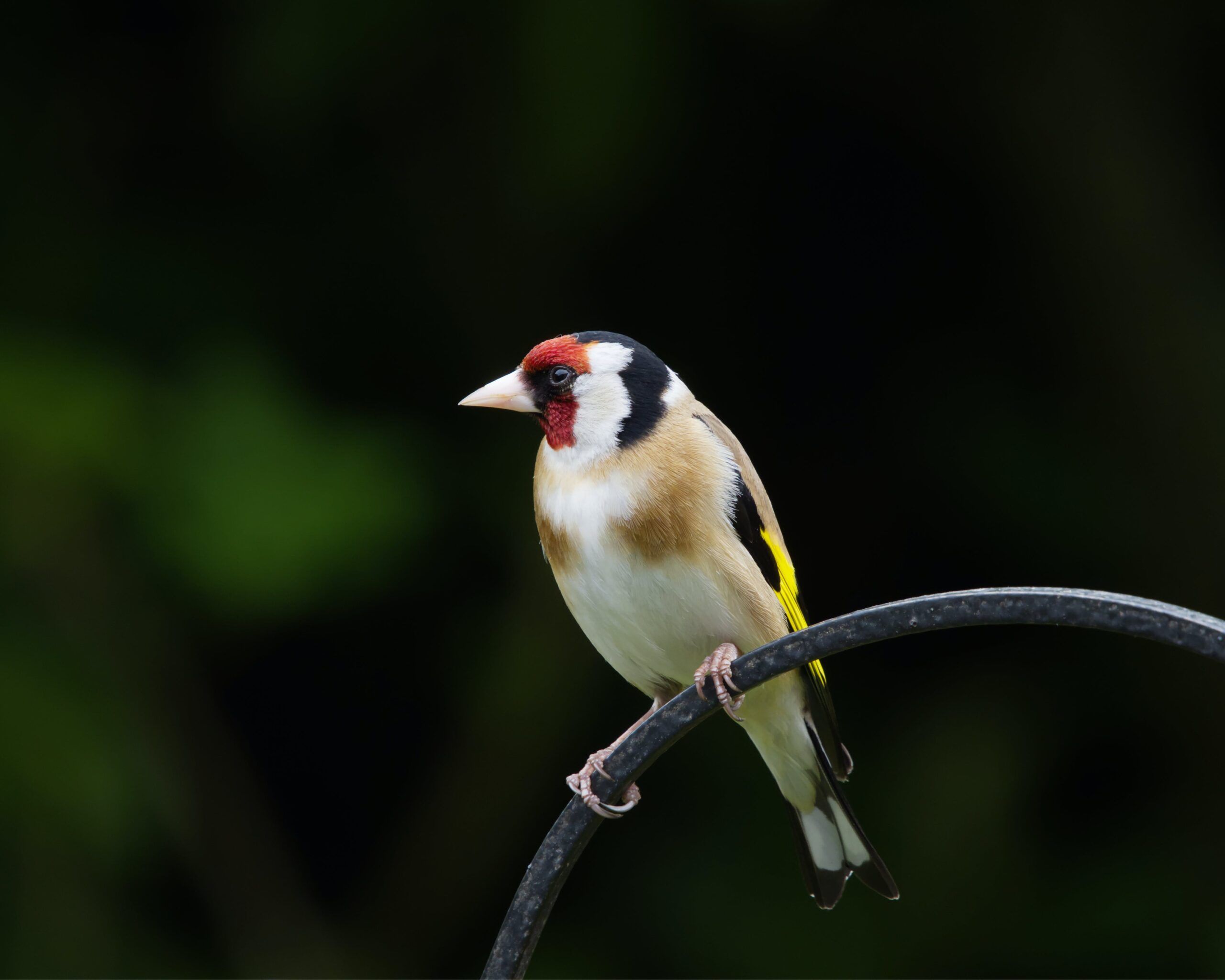Goldfinch UK
The Goldfinch bird, also known as the American Goldfinch, is a small, vibrant bird that is native to North America. These birds are easily recognizable because of their bright yellow plumage and black and white wings. They are a common sight in gardens, parks, and meadows across the United States.
Goldfinches are known for their unique feeding habits. They are primarily seed eaters and have a special adaptation in their bills that allows them to extract seeds from thistles and other tough plants. They also have a preference for nyjer seed, which is commonly used in bird feeders. Goldfinches are a joy to watch as they perch on feeders and delicately pluck out individual seeds with their beaks. In addition to their feeding habits, Goldfinches are also known for their beautiful song, which is a series of sweet, high-pitched notes.
Physical Characteristics
Plumage
The Goldfinch bird is known for its striking, vibrant plumage. The male Goldfinch has a bright yellow body with black wings and a black cap on its head. The wings are marked with white bars and the tail is black with white markings. The female Goldfinch, on the other hand, has a more subdued coloration with a pale yellow body and brown wings. Both male and female Goldfinches have a distinctive red face.
Size and Shape
Goldfinches are small birds that measure around 11-13 cm in length and weigh between 11-20 grams. They have a short, conical bill and a compact body with a short tail. Their wings are pointed, allowing them to fly quickly and maneuver easily through vegetation.
Sexual Dimorphism
The male and female Goldfinch birds exhibit sexual dimorphism, with the male being more brightly colored than the female. In addition to their brighter plumage, male Goldfinches have a slightly larger body size and longer wings than females. However, the differences in size and shape between the sexes are relatively small compared to other bird species.
Overall, the Goldfinch bird is a small but strikingly beautiful bird that is easily recognizable by its vibrant plumage and distinctive red face. Its small size and pointed wings make it a skilled flier, allowing it to navigate through dense vegetation with ease.
Habitat and Distribution
Geographical Range
Goldfinches are found throughout North America, Europe, and Asia. They are a migratory species, with populations moving southward to warmer regions during the winter months. In North America, the goldfinch’s range extends from southern Canada to Mexico, with the bird being most common in the eastern and central regions of the continent.
Preferred Habitats
Goldfinches are primarily found in open habitats, such as fields, meadows, and gardens. They are also commonly found in woodland edges, hedgerows, and along roadsides. The bird is known for its affinity for thistle plants, which provide a source of food and nesting material.
Goldfinches are social birds and often form flocks during the winter months. They are also known for their beautiful song, which is a series of sweet, warbling notes. The goldfinch’s distinctive appearance and melodious song make it a favorite among birdwatchers and nature enthusiasts.
Diet and Feeding Habits
Foraging Behavior
Goldfinches are primarily seed-eaters and are known to forage on the ground, in trees, and on flowers. They have a unique feeding behavior where they hang upside down on thistle plants to extract the seeds. They also feed on weed seeds, berries, and insects during the breeding season to supplement their diet.
Dietary Preferences
Goldfinches have a preference for thistle and sunflower seeds, but they also consume seeds from other plants such as dandelions, ragweed, and goldenrod. They are known to have a selective feeding behavior, where they choose the largest and most nutritious seeds.
Goldfinches require a high amount of protein in their diet, especially during the breeding season when they need to feed their young. They supplement their diet with insects, which provide them with the necessary protein. They are also known to feed on tree sap and nectar from flowers.
In conclusion, goldfinches have a unique feeding behavior and dietary preferences, which make them interesting birds to observe. Their selective feeding behavior and need for protein make them important members of the ecosystem.
Reproduction and Life Cycle
Mating Rituals
Goldfinches are monogamous birds that mate for life. During the breeding season, males perform a courtship display to attract females. This display involves fluffing up their feathers, spreading their wings, and hopping around while singing a sweet, melodic song.
Once a pair has formed, they will engage in mutual preening to strengthen their bond. They will also engage in a series of aerial acrobatics, flying in circles and performing dips and dives.
Nesting
Goldfinches build their nests in trees, shrubs, and bushes, typically in the fork of a branch. The nests are made of grass, moss, and other plant materials, and are lined with soft materials such as feathers and plant down.
The female goldfinch lays 4-6 pale blue eggs, which she incubates for about 12-14 days. During this time, the male will bring her food and stand guard over the nest to protect it from predators.
Offspring Development
Once the eggs hatch, the young goldfinches are born naked and helpless. They are fed by both parents, who regurgitate food into their mouths. The chicks grow rapidly and are ready to leave the nest after about 11-17 days.
After leaving the nest, the young goldfinches are still dependent on their parents for food and protection. They will continue to be fed by their parents for several weeks until they are fully independent.
Overall, the goldfinch’s reproductive and life cycle is a fascinating process that showcases the beauty and complexity of nature.

